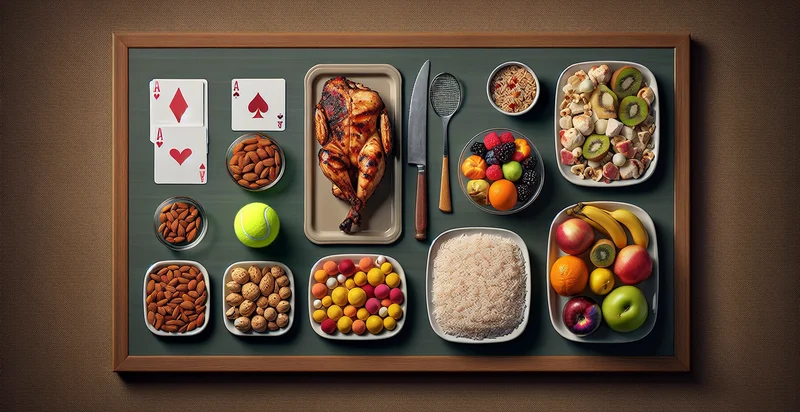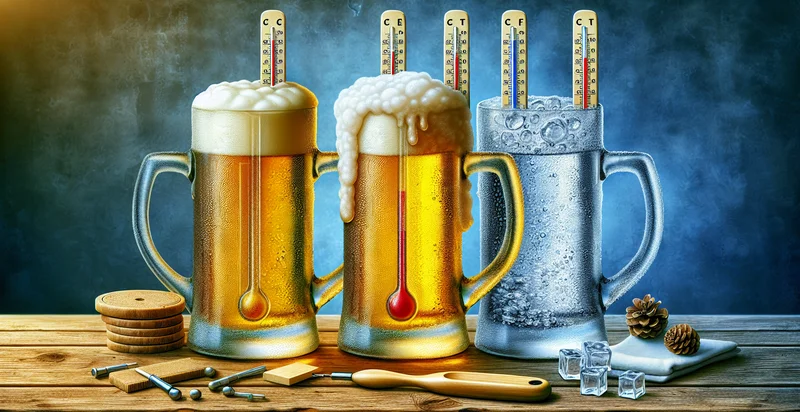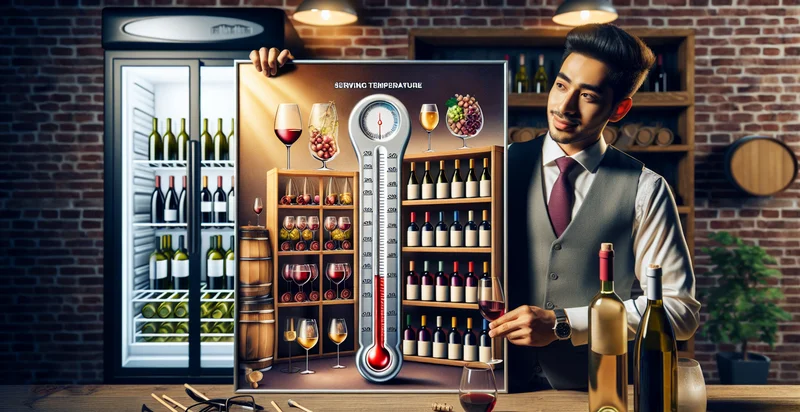Identify serving sizes
using AI
Below is a free classifier to identify serving sizes. Just input your text, and our AI will predict what the ideal serving size is - in just seconds.

Contact us for API access
Or, use Nyckel to build highly-accurate custom classifiers in just minutes. No PhD required.
Get started
import nyckel
credentials = nyckel.Credentials("YOUR_CLIENT_ID", "YOUR_CLIENT_SECRET")
nyckel.invoke("serving-sizes", "your_text_here", credentials)
fetch('https://www.nyckel.com/v1/functions/serving-sizes/invoke', {
method: 'POST',
headers: {
'Authorization': 'Bearer ' + 'YOUR_BEARER_TOKEN',
'Content-Type': 'application/json',
},
body: JSON.stringify(
{"data": "your_text_here"}
)
})
.then(response => response.json())
.then(data => console.log(data));
curl -X POST \
-H "Content-Type: application/json" \
-H "Authorization: Bearer YOUR_BEARER_TOKEN" \
-d '{"data": "your_text_here"}' \
https://www.nyckel.com/v1/functions/serving-sizes/invoke
How this classifier works
To start, input the text that you'd like analyzed. Our AI tool will then predict what the ideal serving size is.
This pretrained text model uses a Nyckel-created dataset and has 25 labels, including 1 Cup, 1 Large Piece, 1 Liter, 1 Medium Piece, 1 Pint, 1 Quart, 1 Serving, 1 Slice, 1 Small Piece and 1 Tablespoon.
We'll also show a confidence score (the higher the number, the more confident the AI model is around what the ideal serving size is).
Whether you're just curious or building serving sizes detection into your application, we hope our classifier proves helpful.
Related Classifiers
Need to identify serving sizes at scale?
Get API or Zapier access to this classifier for free. It's perfect for:
- Nutritional Information Verification: This function can be used in food labeling applications to verify the accuracy of serving sizes on packaging. By classifying text related to serving sizes, companies can ensure compliance with regulations and improve consumer trust.
- Meal Planning Applications: In meal planning and dietary apps, this function can help users identify appropriate serving sizes based on various dietary needs. This ensures users receive accurate portion information tailored to their nutritional goals, enhancing user engagement and satisfaction.
- Recipe Scaling: This classification function can assist culinary platforms in automatically adjusting serving sizes in recipes. By understanding the serving size text, the application can provide users with scalable recipes suitable for different group sizes.
- Food Database Management: For food database managers, classifying serving sizes helps maintain accurate entry in digital food databases. This data can then be used in a variety of applications, ensuring consistency in serving size information.
- Dietary Guidelines Development: Health organizations can employ this function to analyze and standardize serving sizes in dietary guidelines. This leads to clearer recommendations and helps consumers make informed food choices based on consistent serving size definitions.
- Grocery Store Inventory Systems: Grocery retailers can utilize this function to analyze inventory descriptions for accurate serving size information. This classification aids in stock management and assists customers in selecting the right quantity of products when shopping.
- Health Research Studies: Researchers can employ this function to classify serving sizes in food consumption surveys. This analysis provides valuable data insights that can advance nutrition research and inform dietary guidelines to promote public health.


